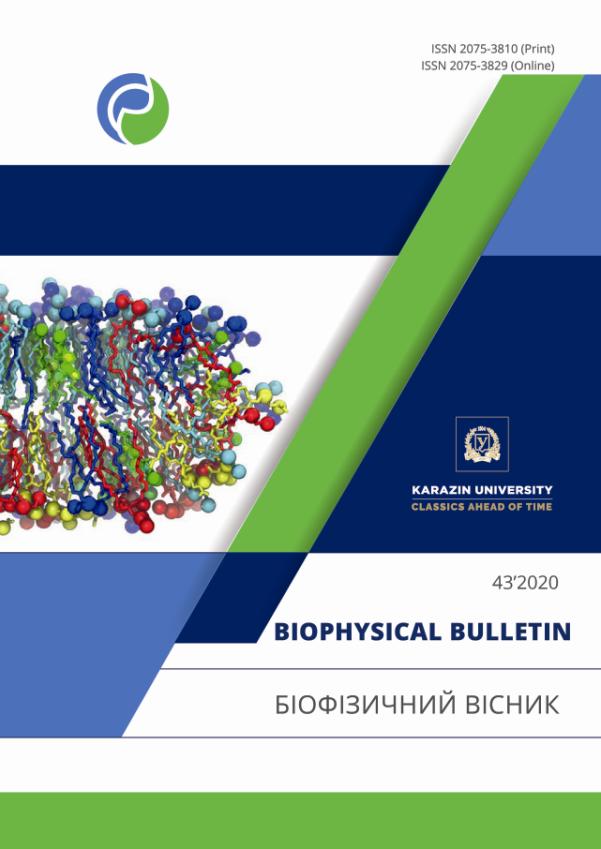Effective SERS substrate obtained by Au deposition at silica surfaces through a top down method
Abstract
Background: In the last years some of us developed methods for preparing, through simple synthesis protocols, gold nanoparticles supported on silica surfaces: in that cases, bottom-up approaches has been adopted (i.e. starting from HAuCl4 precursor) and high surface area silica (Aerosil 300) was chosen as support (together with controlled pH conditions), to facilitate Au dispersion. The obtained substrates showed the ability to enhance Raman signals of dosed molecules pyridine and bi-pyridine and/or of silanols species populating the silica surface. Following this idea, in this paper we will present results concerning surface-enhanced Raman spectroscopy (SERS) activity of substrates obtained by a top-down technique (i.e. gold sputtering) which allowed depositing gold nanoparticles at surfaces of silica nanoparticles. Pyridine molecule has been then used as a probe molecule to estimate the SERS activity of the obtained substrates.
Objectives: The purpose of the work was to study the SERS activity of the prepared substrates through the estimation of limit of detection (LoD) of pyridine molecule dosed from solutions (benzene was used as solvent) with decreasing pyridine concentration.
Materials and methods: For the preparation of the samples AOX50 silica (Evonik Industries, surface area of 50 m2/g) in form of pressed disk, a gold target and a K575X Turbo Sputter Coater (Quorum Technologies) were used. Methods applied: UV-Vis-NIR spectroscopy; HR-TEM microscopy; Raman spectroscopy.
Results: Prepared Au/AOX50 substrates with nominal Au thickness 10 nm were characterized by the UV-Vis spectroscopy and HR-TEM microscopy. They showed a relatively complex absorption profile extending to the NIR region. The substrates contained gold nanoparticles with diameter in the range of 2.0–3.5 nm. By using the 785 nm exciting laser line (suggested by the results coming from UV-Vis spectroscopy) for recording Raman spectra, it was possible to observe characteristic pyridine Raman signals by contacting Au/AOX50 substrates with vapour phase of benzene solutions with pyridine concentration as low as 10-7 M comprising LoD. This allowed us to estimate roughly an enhancement factor of 108, as compared with 12.4 M pyridine dosed at naked AOX50 silica surface.
Conclusion: Through a top-down technique it was possible to prepare effective SERS substrates composed by Au nanoparticles dispersed at AOX50 silica surfaces. LoD for pyridine dosed from the vapour of its benzene solution appeared to be 10-7 M and the SERS enhancement factor, using as a reference Raman spectra of 12.4 M pyridine interacting with naked AOX50 silica, has been estimated to be approximately 108.
Downloads
References
Albrecht MG, Creighton JA Anomalously intense Raman spectra of pyridine at a silver electrode. J. Am. Chem. Soc. 1977;99(15):5215–5217. https://doi.org/10.1021/ja00457a071
Creighton J.A., Cristopher GB, Albrecht MG. Plasma resonance enhancement of Raman scattering by pyridine adsorbed on silver or gold sol particles of size comparable to the excitation wavelength. J. Chem. Soc., Faraday Trans. 2: Molecular and Chemical Physics 1979;75:790–798. https://doi.org/10.1039/F29797500790
Kneipp K, Kneipp H, Itzkan I, Dasari RR, Feld MS. Surface-enhanced Raman scattering and biophysics. J. Phys.: Condens. Matter 2002;14(18):R597–R624. http://stacks.iop.org/cm/14/R597
Kneipp J, Wittig B, Bohr H, Kneipp K. Surface-enhanced Raman scattering: a new optical probe in molecular biophysics and biomedicine. Theor. Chem. Acc. 2010;125(3-6):319–327. https://doi.org/10.1007/s00214-009-0665-2
Liu JJ, Jalali M, Mahshid S, Wachsmann-Hogiu S. Are plasmonic optical biosensors ready for use in point-of-need applications? Analyst 2020;145(2):364-384. https://doi.org/10.1039/C9AN02149C
Wang HX, Zhao YW, Li Z, Liu BS, Zhang D. Development and Application of Aptamer-Based Surface-Enhanced Raman Spectroscopy Sensors in Quantitative Analysis and Biotherapy. Sensors (Basel). 2019 Sep 3;19(17):3806. https://doi.org/10.3390/s19173806
Wang KD, Li SM, Petersen M, Wang S, Lu XN. Detection and Characterization of Antibiotic-Resistant Bacteria Using Surface-Enhanced Raman Spectroscopy. Nanomaterials 2018;8(10):762. https://doi.org/10.3390/nano8100762
Alyami A, Quinn AJ, Iacopino D. Flexible and transparent Surface Enhanced Raman Scattering (SERS)-Active Ag NPs/PDMS composites for in-situ detection of food contaminants. Talanta 2019;201:58–64. https://doi.org/10.1016/j.talanta.2019.03.115
Restaino SM, White IM. A critical review of flexible and porous SERS sensors for analytical chemistry at the point-of-sample. Analytica Chimica Acta 2019;1060:17–29. https://doi.org/10.1016/j.aca.2018.11.057
Bell SEJ, Charron G, Cortes E, Kneipp J, de la Chapelle ML, Langer J, et al. Towards Reliable and Quantitative Surface-Enhanced Raman Scattering (SERS): From Key Parameters to Good Analytical Practice. Angew. Chem.-Int. Ed. 2020;59(14):5454–5462. https://doi.org/10.1002/anie.201908154
Budnyk AP, Damin A, Agostini G, Zecchina A. Gold nanoparticle aggregates immobilized on high surface area silica substrate for efficient and clean SERS applications. J. Phys. Chem. C 2010;114(9):3857–3862. https://doi.org/10.1021/jp9112816
Pockrand I, Otto A. Coverage dependence of Raman scattering from pyridine adsorbed to silver/vacuum interfaces. SolidStateCommun. 1980;35(11):861–865. https://doi.org/10.1016/0038-1098(80)91040-6
Kline CH, Turkevich J. The vibrational spectrum of pyridine and the thermodynamic properties of pyridine vapors. J. Chem. Phys. 1944;12(7):300–309. https://doi.org/10.1063/1.1723943
Wu DY, Ren B, Jiang YX, Xu X, Tian ZQ. Density functional study and normal mode analysis of the bindings and vibrational frequency shifts of the pyridine-M (M = Cu, Ag, Au, Cu+, Ag+, Au+, and Pt) complexes. J. Phys. Chem. A 2002;106(39):9042–9052. https://doi.org/10.1021/jp025970i
Le Ru EC, Blackie E, Meyer M, Etchegoin PG. Surface Enhanced Raman Scattering Factors: A comprehensive study. J. Phys. Chem. C. 2007;111(37):13794–13803. https://doi.org/10.1021/jp0687908
Authors who publish with this journal agree to the following terms:
- Authors retain copyright and grant the journal right of first publication with the work simultaneously licensed under a Creative Commons Attribution License that allows others to share the work with an acknowledgement of the work's authorship and initial publication in this journal.
- Authors are able to enter into separate, additional contractual arrangements for the non-exclusive distribution of the journal's published version of the work (e.g., post it to an institutional repository or publish it in a book), with an acknowledgement of its initial publication in this journal.
- Authors are permitted and encouraged to post their work online (e.g., in institutional repositories or on their website) prior to and during the submission process, as it can lead to productive exchanges, as well as earlier and greater citation of published work (See The Effect of Open Access).





